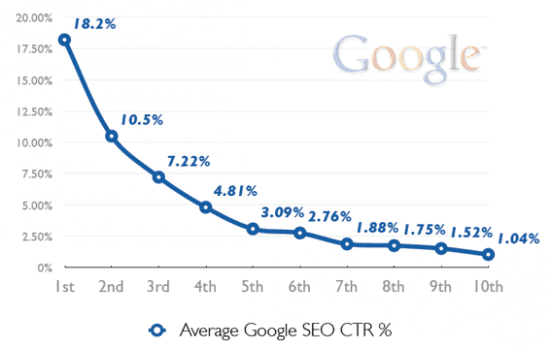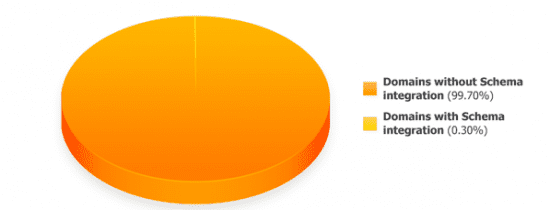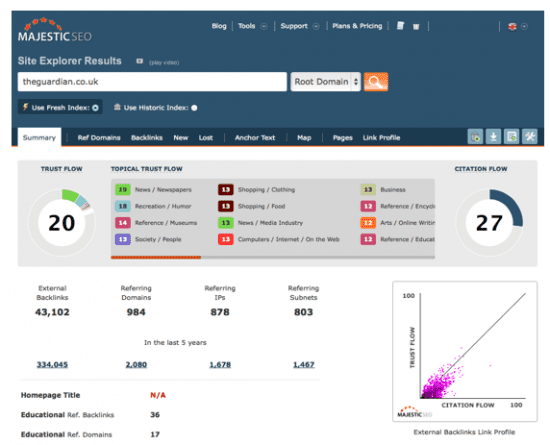SEO techniques and tools that support effective SEO for 2014 and beyond
Earlier in the month I attended the SMX search marketing event in London, and as with last year, SMX 2014 offered a huge amount of knowledge and insights from a wide variety of speakers from agencies, search engines, bloggers and brands.
There was a lot a take in over the two days so for this post I’ve decided to highlight five topics that really stood out:
1. Focus on user experience and engagement as well as links
Whilst links are most certainly not dead as influencing ranking, it’s clear that search engines like Google have been attempting to look beyond links for some time.
So, to show the relevance and quality of a website or piece of content and therefore webmasters and marketers alike need to consider not only their thinking around link-building but other emerging ranking factors, too.
In a session on Long-Term SEO: How To Win For Years, Not Days, Tim Grice from Branded3 explained how engagement and popularity will become increasingly important ranking factors and the key to higher rankings.
In his presentation, Tim provided a case study that how a site hit by a Google penalty and suffered a drop in visibility was able to regain and visibility not by building links but through the creation of content as part of a hub to serve users and to engage an audience
Read his slides on 'Engagement and Branding as Ranking Signals'.
[slideshare id=34352199&doc=brightonseo2014-140506141824-phpapp02&w=550]
In order to provide genuinely useful and content which engages your audience:
- Understand your customers. Who are they? What are their interests? What social sites are they connected to? What are they talking about?
- Use consumer surveys and data from UX.
- Identify poor performance of existing content using measures of engagement with content from analytics:
- Page views
- Unique page views
- Time on site
- Bounce rate
- Use Google Webmaster Tools to identify what search terms are driving traffic. Don’t be afraid of removing pages that are driving unnecessary traffic
2. Hummingbird, entities and the semantic search revolution
As search engines become increasingly sophisticated, we’re seeing the continuing emergence of semantic search and the move from keywords to entities. Or, as Google stated with the introduction of the Knowledge Graph, ‘strings, not things’,
This is about search engines giving ‘things’ - or entities - an identity so that it knows more information about them as well as the connections and relationships between other identities.
Justin Briggs explains that an entity is “anything, including real world objects, facts and concepts that has a number of documents associated with it”. Examples of entities include businesses, products, movies, authors, people, places, events, etc.
By creating identities for entities, search engines can form a better understanding of user intent for ambiguous search queries, e.g. [that big clock in London]:

The introduction of the Hummingbird algorithm is a demonstration of Google’s intent to move into semantic search and the Knowledge Graph is an example of entity search in action. It makes search results smarter, more relevant and informative and provides a more complete picture by harnessing the collective intelligence of the web.
How can we take advantage of entities and semantic search?
- Use structured data, such as Schema.org to provide additional detail about an entity:

- Use entities in copy, e.g. ‘15 things you didn’t know about Emma Watson in Bling Ring’. This reinforces a connection between one entity (Emma Watson) and another (Bling Ring):

- Use entity attributes, e.g. in order to differentiate between Chris Evans the broadcaster and Chris Evans the movie star.
- Answer questions about entities, e.g. within blog/article or video content.
Watch the slideshare from the conference, on 'Getting things to rank - improve your search visibility through entries'
[slideshare id=34608857&doc=entity-search-smx-london-140513033248-phpapp02&w=550]
3. Semantic mark-up, Schema and rich snippets
If Schema.org is one of the keys to unlocking the potential of semantic search, then what is it and how does it work? And what are other forms of microdata and rich snippets?
It could be suggested that search engines are still a little stupid and therefore require webmasters to provide more information about pages and content to make it clear how things are related. As explained in this recent Smart Insights post by Yusuf Bhana, semantic markup is important to SEO because:
- You can provide meaning
- You can increase ‘maintainability’, e.g. focus on HTML for content and use CSS and JavaScript for layout
- Semantic mark-up is quality.
Clickthrough rate is influenced by much more than just position nowadays - site links, Universal Search results, authorship integration and videos snippets are just some of the factors that motivate CTR.
So in the face of rich snippets, personalisation and geo-targeting, the traditional CTR distribution curve is becoming redundant.

So why should we take advantage of semantic mark-up?
- Schema.org can help sites exploit semantic search and the Knowledge Graph (see above)
- Very few sites are making use of Schema.org:
 Source: Searchmetrics
Source: Searchmetrics
There is therefore a massive opportunity to get ahead of the game!
Whilst Google doesn’t use mark-up for ranking purposes, rich snippets can make web pages more prominent in the SERPs leading to an increase in CTR and traffic.
Watch the slideshare on 'Schema Mark Up and Rich Snippets':
[slideshare id=34280307&doc=smx-london-2014grimmschemarich-snippetsfinal-140505025831-phpapp01&w=550]
4. Key SEO tools
There are so many SEO tools available it’s often difficult to decide on which ones to use and when. And of course, whilst some tools can be accessed for free, others can vary quite dramatically in price range.
Depending on whether you’re client or agency-side, the type and breadth of tools will also vary and it’s also important to only use the tools you need to avoid ‘analysis paralysis’. Below is a list of a few tools for budding SEOs or experienced digital marketers to consider:
- Raven Tools - a useful tool for simple campaign management
- BuzzStream - great for outreach and link management
- UberSuggest - excellent free resource for keyword research
- MajesticSEO - the link analysis tool with a huge range of data from a very large index

- Searchmetrics - depending on budget, can be pricey, but offers lots of useful data and a ‘visibility’ metric (a combination of rankings and associated search volumes.
- Google Webmaster Tools - whilst link data will not be as up-to-date as other tools (e.g. MajesticSEO), it’s still a useful tool for assessing crawl stats, keywords and additional link data.
- Moz Algorithm History - great for checking traffic against Google algorithm changes.
- Screaming Frog - super tool for technical audits and conducting site crawls, e.g. for site maps
5. Top social tactics for the search marketer
With content being the foundation of good search and social marketing, there are inevitably a number of social tactics that can be used to help improve one’s search marketing efforts.
Identify top domains
- Look at what domains a company’s Twitter followers are following.
- What are the top social networks Twitter followers are following and talking about?
- Compare interest across multiple sources:
- Take backlink data from your company and two or three competitors.
- Take a list of all followers from each.
- Look for domains that exist within those data-sets that follow all the companies’ Twitter accounts but only link to your competitors. This provides an opportunity for outreach.
Use social insights
- Look at different post types and the engagement generated by each. What is it? Where are the opportunities that you can leverage?
- Tools like Birdsong can be used to analyse different social accounts and the content being posted and what is working in terms of Likes, comments, traffic etc
- Take advantage of YouTube and Facebook’s native analytics:

- Explore new content formats, e.g. long-form content.
Identifying top people and influencers
- Pick a publisher or microsite (e.g. Guardian Data blog) and look at interesting data.
- Crawl blog.
- Scrape author names.
- Sort authors by social success and topical relevancy.
- Use this to what topics you can write and who to talk to and reach out to about it.
I recommended 3 tools for comparing competitor content marketing in a recent post that will help with this process.













